IMCCE Airborne observations of meteors
Motivation
Meteor shower outburst happen every year. However sometimes, an exceptional outburst takes place. Such event can be exceptional for several reasons: unusually high expected number of meteors (ZHR), exceptionally rare encounter between the stream and the Earh (or both), exceptional origin (parent body) etc. When such event can be predicted, a meteor shower observation campaign is organised, and the observation always tell us something about the Solar System.
Usually, such observation campaigns take place on the ground. However, for such a campaign to be successful, the sky must be perfect for the duration of the shower at least. As the weather can change quickly and it sometimes hard to predict many days in advance, it is good to be flexible in terms of observation location. According to the Murphy's laws of meteor astronomy, the probability that everything goes smooth is not equal to 1...
Why an airplane to observe the meteors?
After the Sun, the clouds are the most common astronomer's ennemy (and before the Moon). Since the cloud cover cannot always be predicted, one solution to ensure the success of any observation campaign is to put the cameras above them, no matter what. In practice, a jet is necessary because propellers have a too low ceiling.
An airplane campaign must be performed by a whole team of scientists, each bringing her/his own expertise, instrument, knowledge, experience etc. Often, non-meteor scientists are part of it, as instrument specialist, atmosphere scientist etc. In other words, airplane campaigns are usually the occasion to organise a great synergy between scientists and instruments.
An airplane allows the observers to optimise the 3D-geometry with respect to the meteor path in the atmosphere.
2022 τ-Herculids campaign
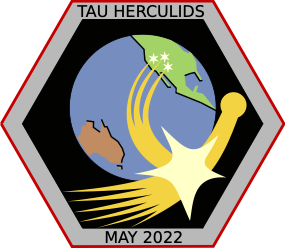
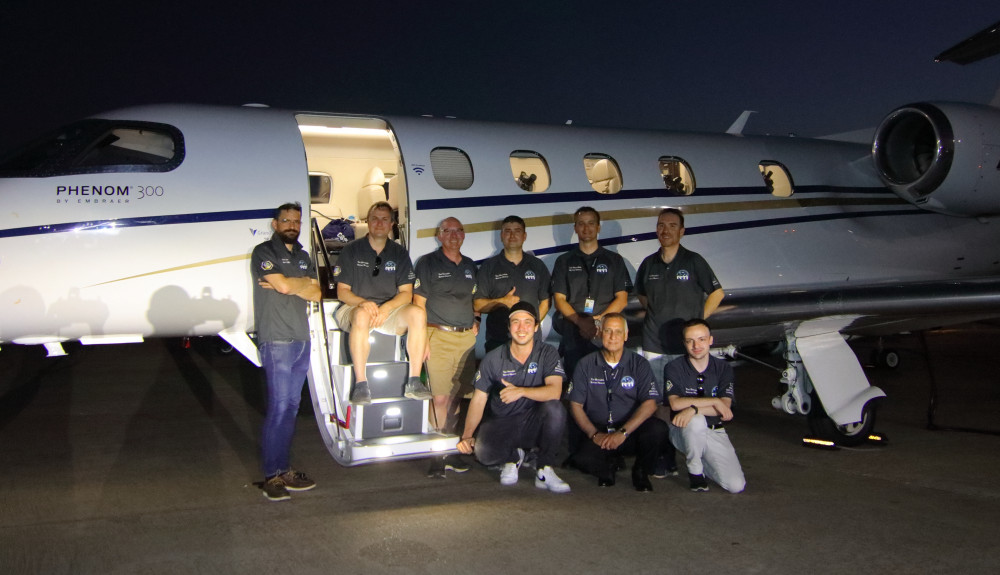
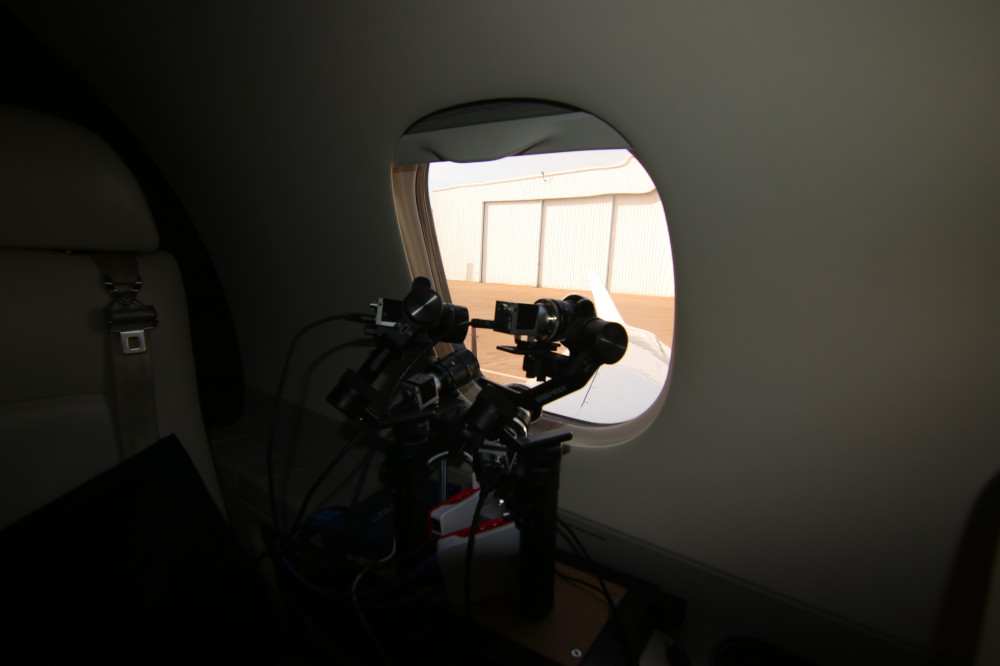
Based on the quite uncertain predictions of the encounter of the Earth with a meteoroid trail ejected by comet 73P/Schwassmann-Wachmann 3 during its outburst in 1995, this campaign has been the most risky in terms of science. The goal was to verify if a high ejection velocity of cometary grains was possible during a comet outburst. See also this page for further details.
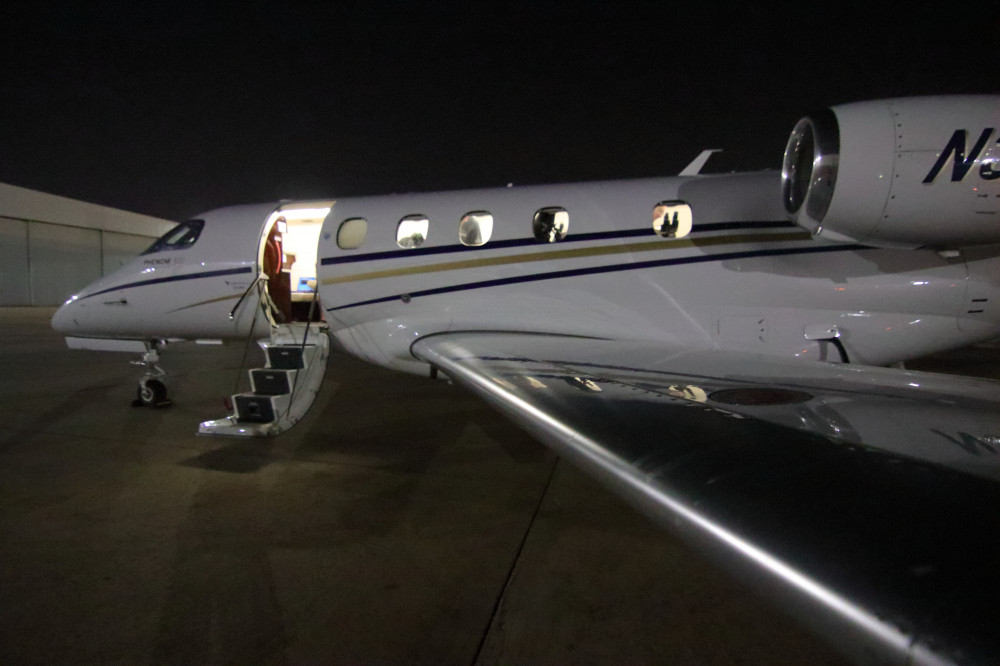
2011 Draconids campaign
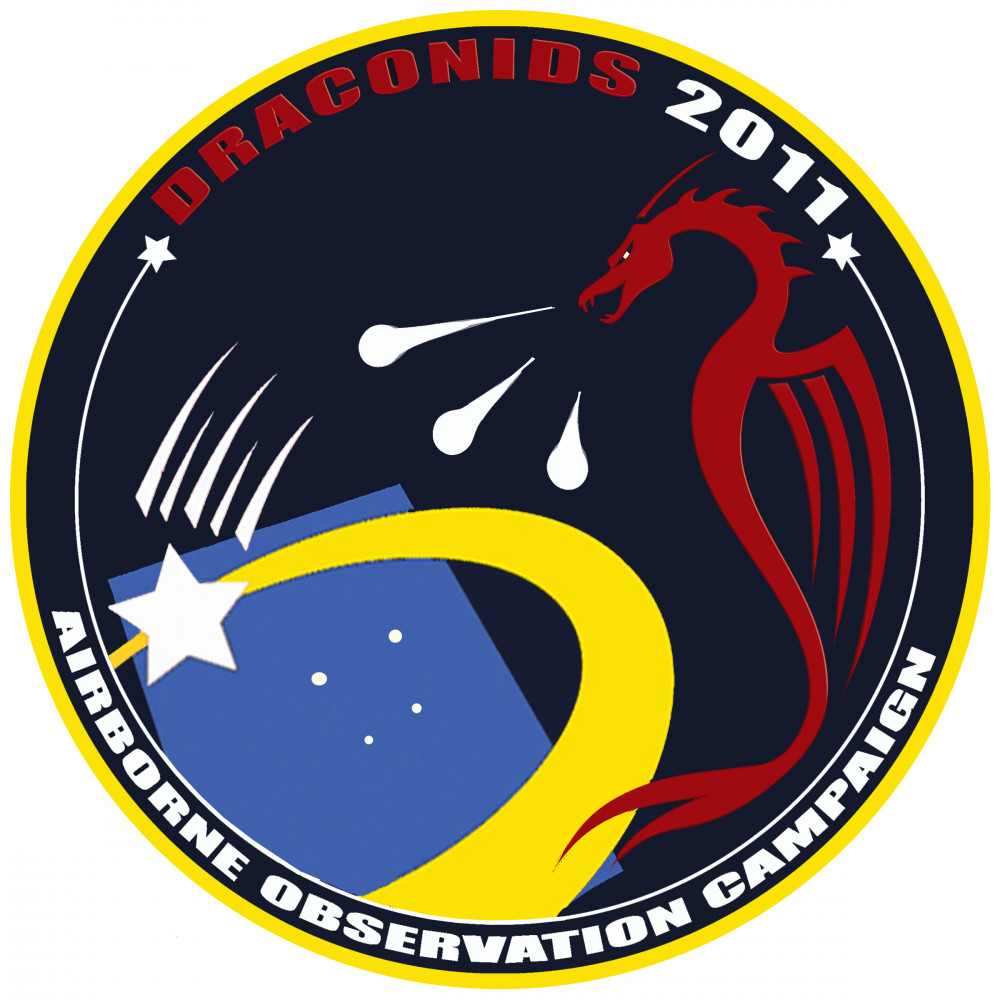
The goal was to cover the outburst expected to come from the exact same cometary trail as the one responsible for the 1933 and 1946 Draconids storms.
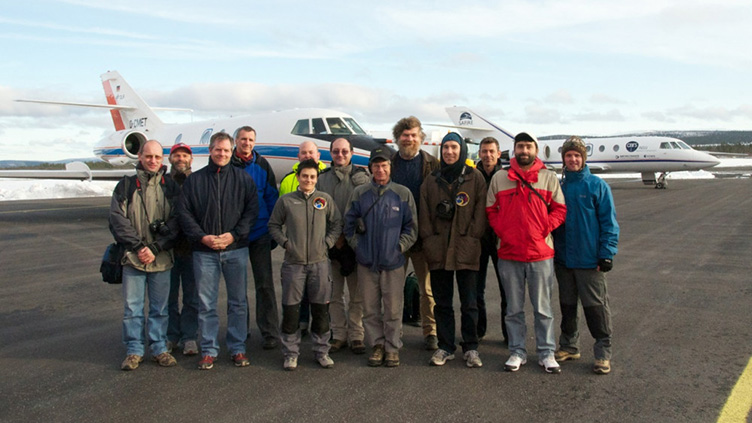
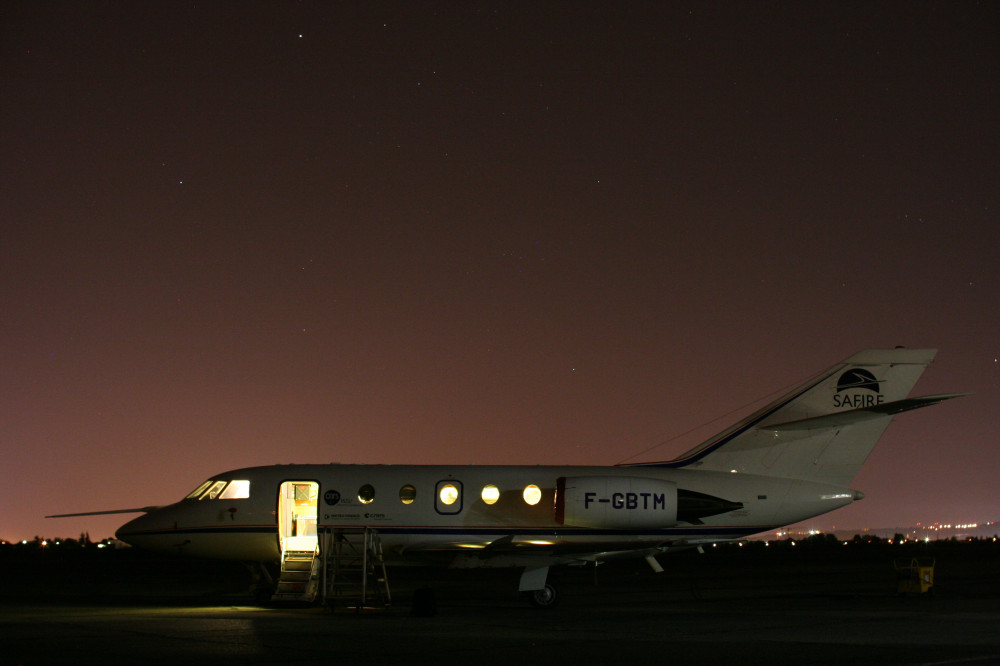
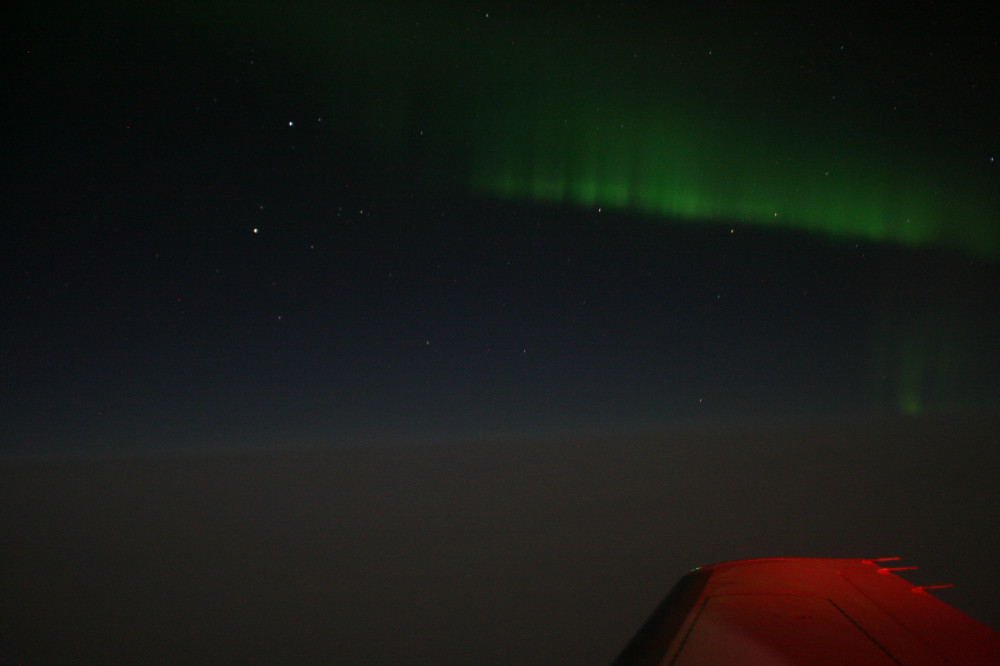
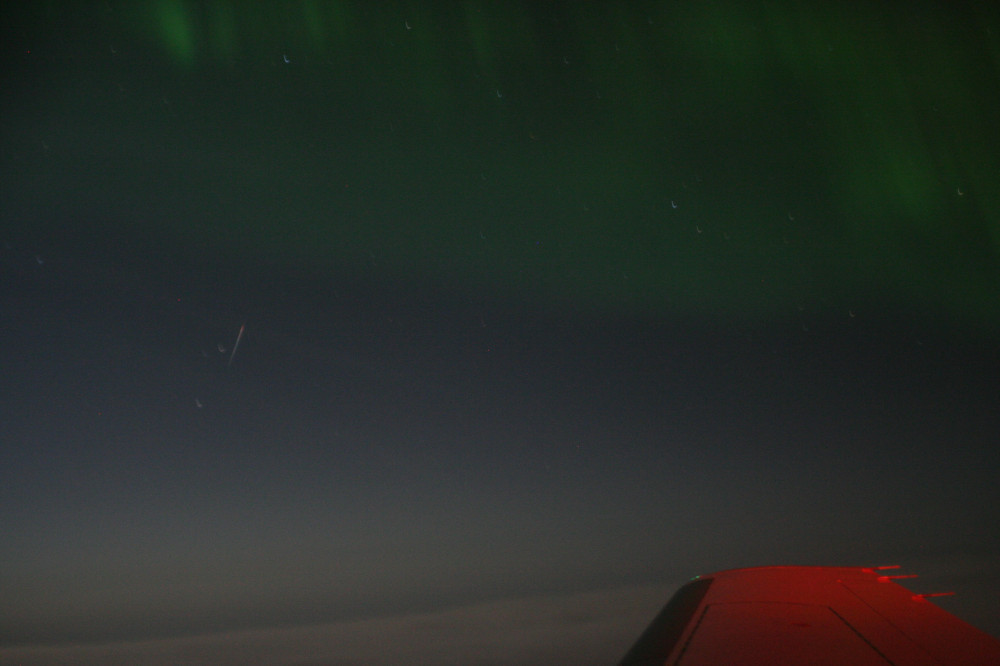
2008 Quadrantids
The goal was to follow the rotation of the Earth during the Quadrantids, thus providing 8 hours of observation time. It is worth mentioning that, from the ground, because of the Earth rotation and Sun rise, the observation time is less than 3 hours. Northern lights were spoted on the way.
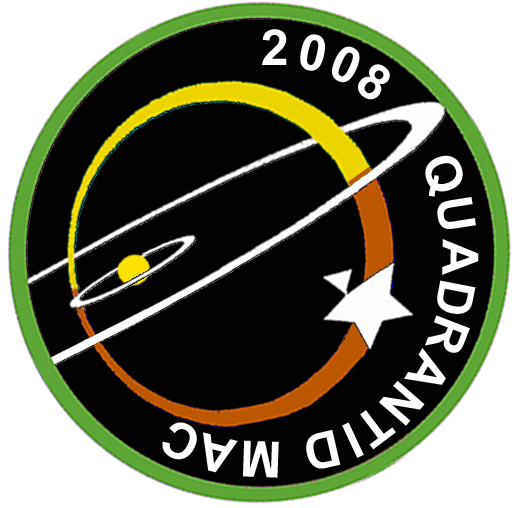
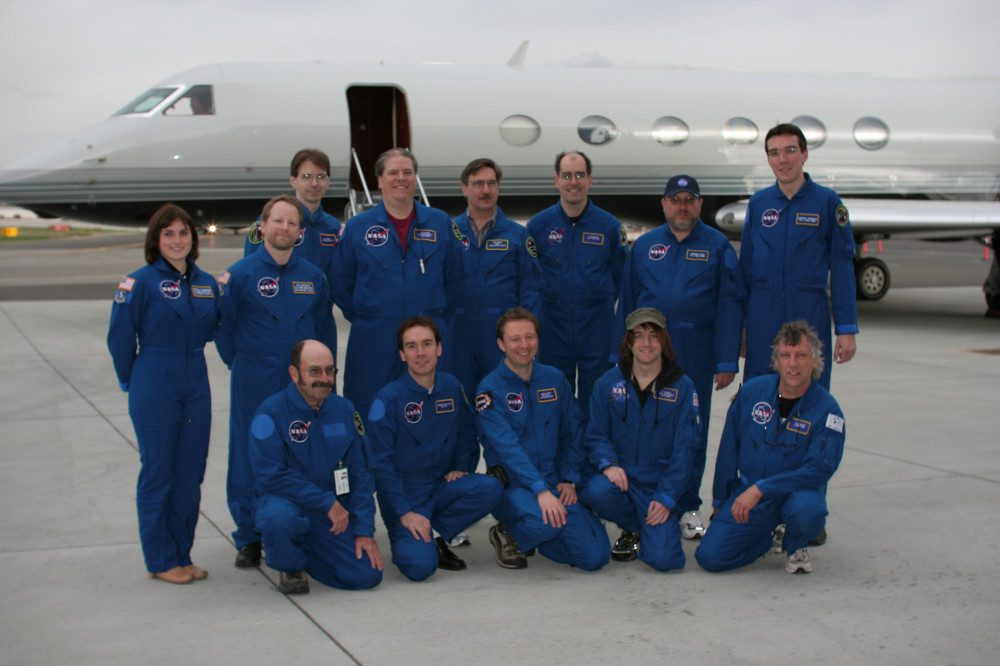
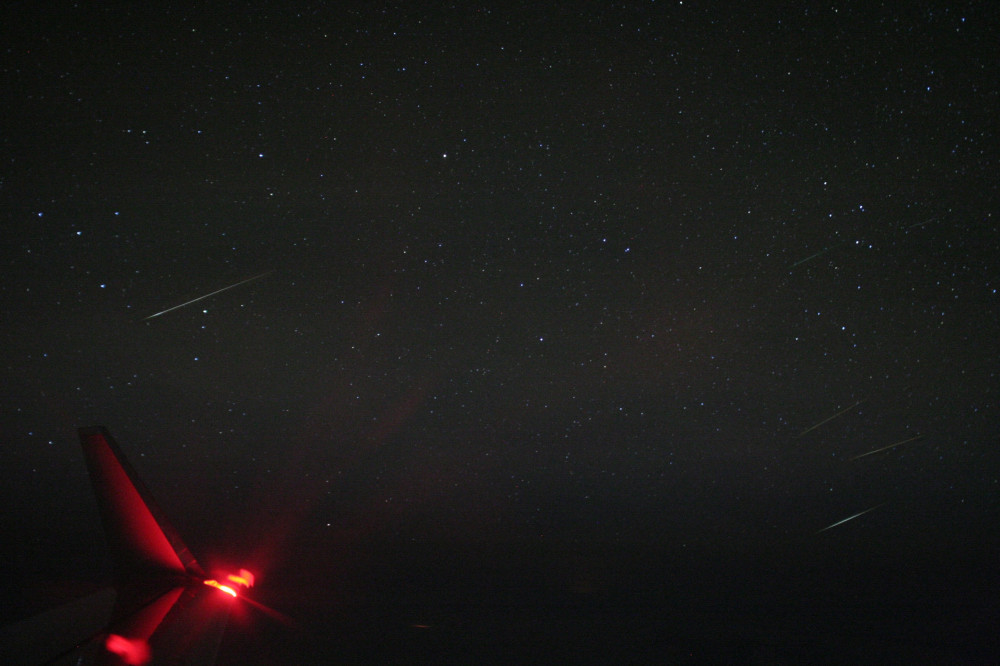
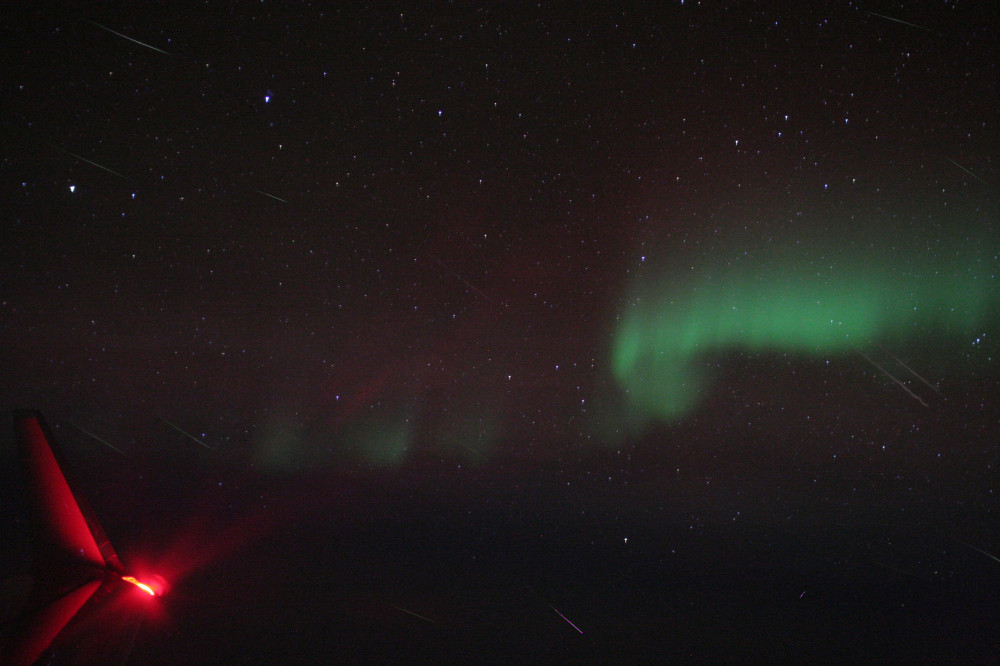

The 2008 ATV-1 reentry
In addition to meteor shower outburst observation campaign, our experience is useful to space agencies (namely ESA and NASA) to record spacecraft atmospheric reentry. The goal for space agencies is to confront reentry models to reality. At stake iss the survival of space debris and the liability of space agencies regarding the fall of space junk on the ground.
For the first ATV (ISS resupply cargo built by Europe), the European Space Agency and NASA collaborated to make sure the entry went on as expected. Our team was onboard a NASA aircraft. The reenrty happened over the Southern Pacific, and the only airfield in the area was Tahiti.
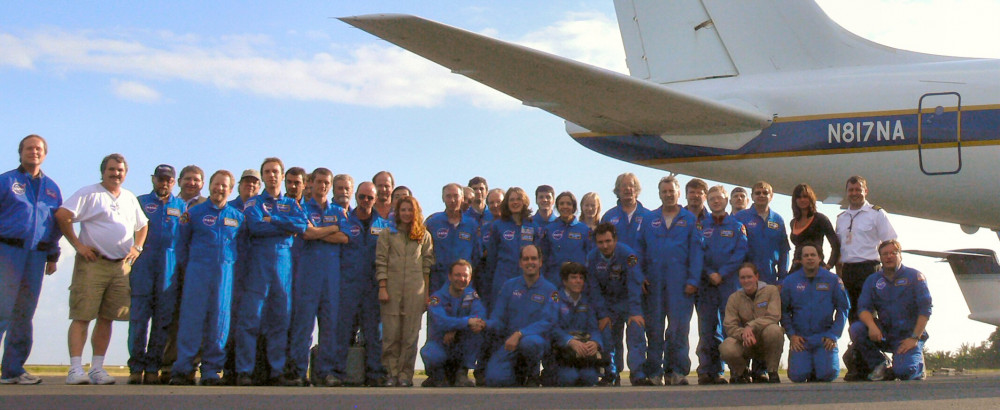
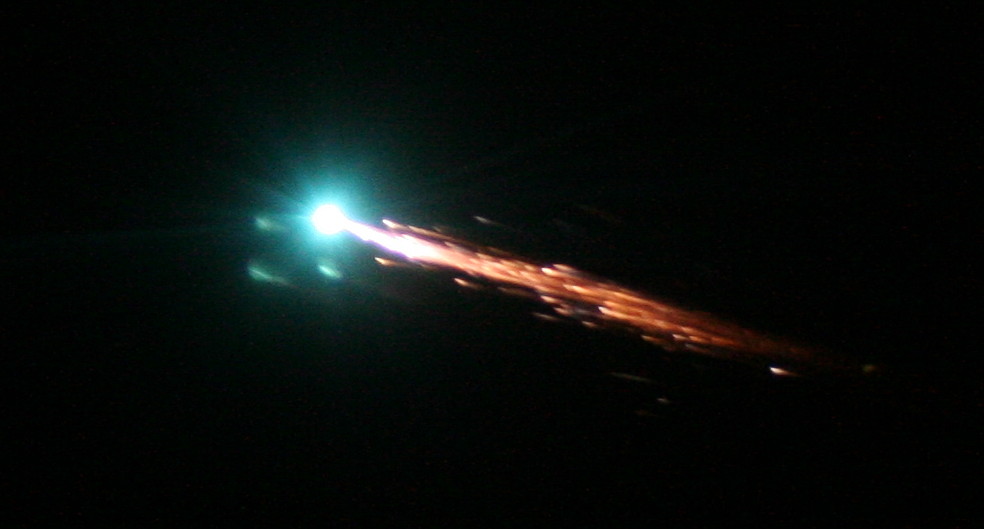
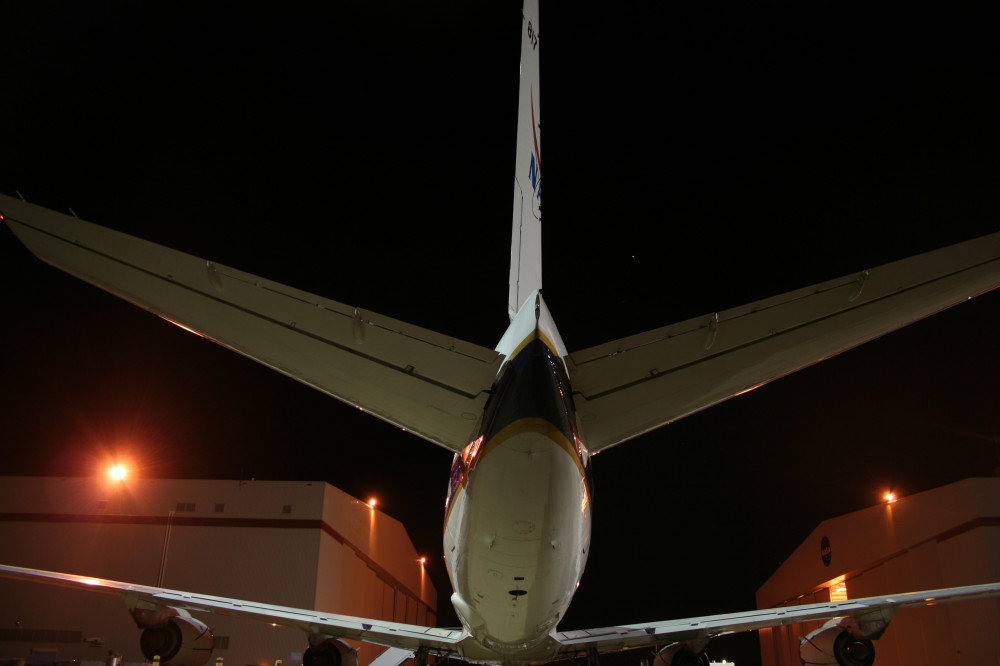
The 2007 Aurigids
The goal was to observe the outburst expected from the trail ejected by comet Kiess, one revolution ago. However, the exact period of the comet is very poorly known. The shower showed up exactly at the expected time!
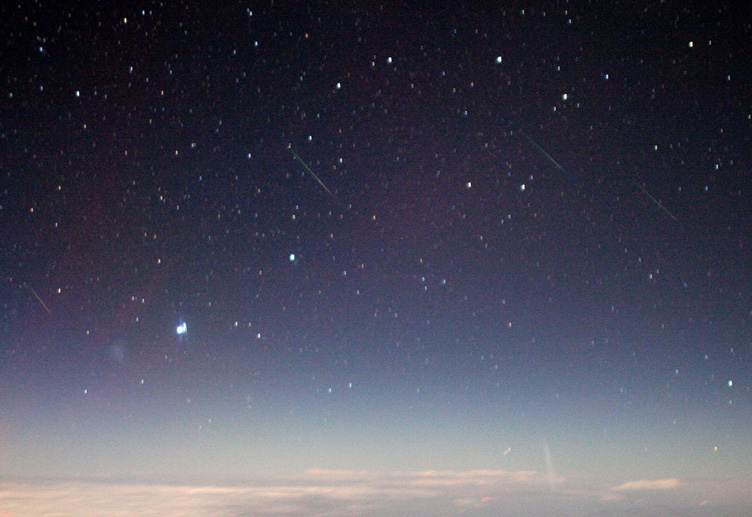
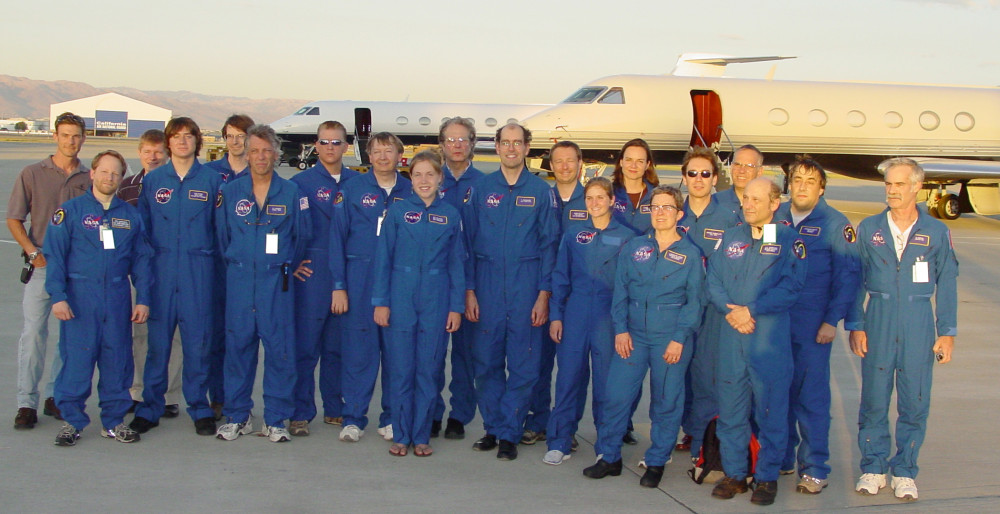
2004 Genesis reentry
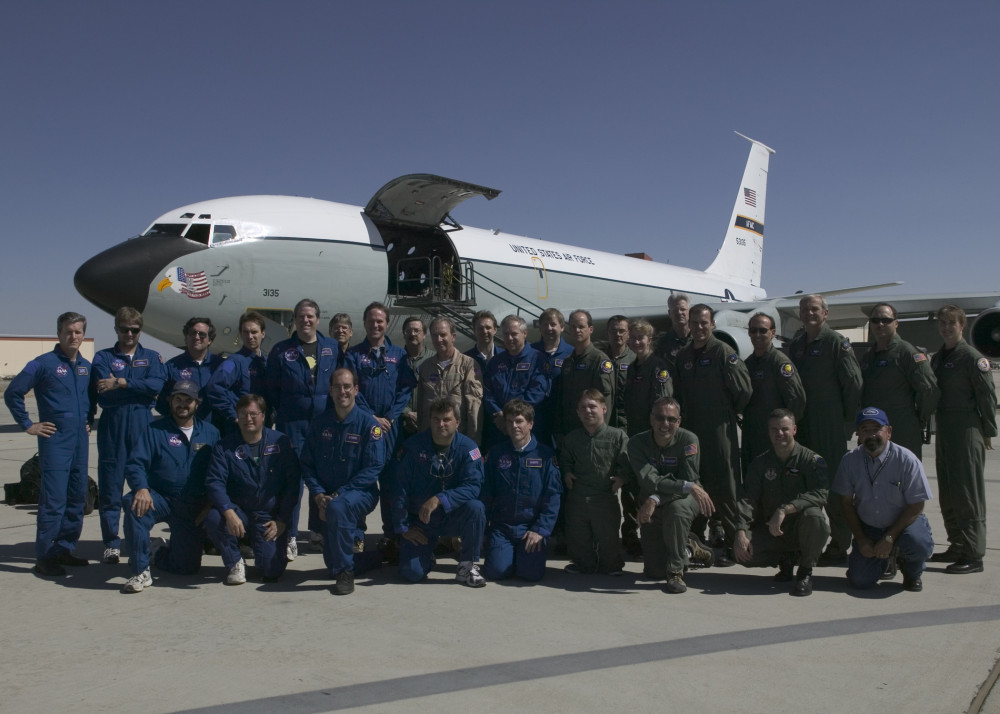
Aknowledgements
Each airplane campaign was supported (funds and/or HR) by either one or several of these partners: Observatoire de Paris / PSL, CNRS, SAFIRE/CNRS, PNP, DLR, Ondrejov Observatory, European Space Agency, NASA, Rocket Technologies International, University of South Queensland, Hefdig, Comenius University of Bratislava.
Last update Friday 10 June 2022